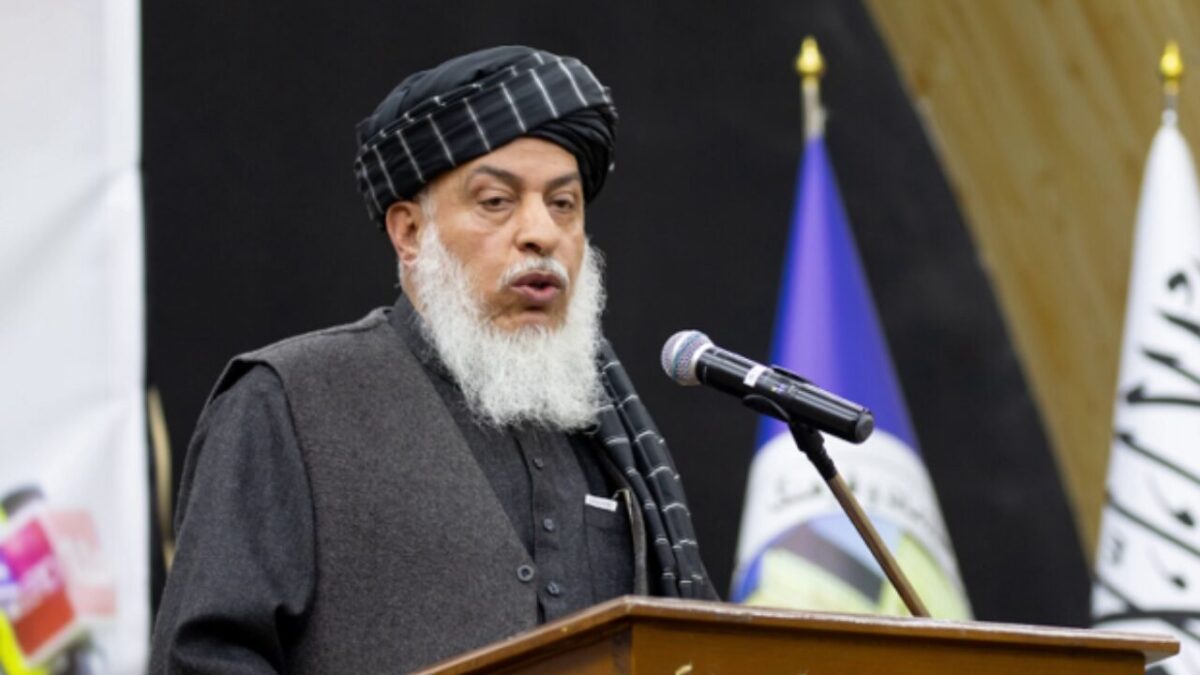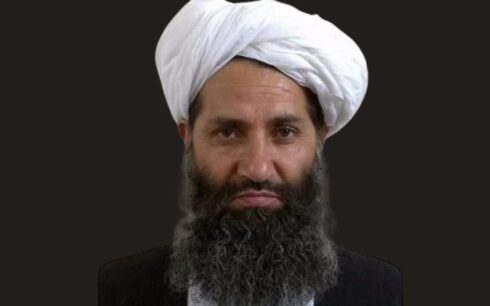The prolonged public absence of Abbas Stanikzai, the Taliban’s deputy foreign minister for political affairs, has entered its 80th day, with no official explanation or public appearances since late January.
Stanikzai, once a visible figure in the Taliban’s diplomatic engagements, has not been seen at official meetings or public events since January 21, when he last appeared at a gathering hosted by the Taliban’s Foreign Ministry. Since then, no photographs or footage of him participating in government activities have been released, fueling speculation about internal divisions within the Taliban leadership.
In February, Taliban spokesperson Zabihullah Mujahid told the BBC that Stanikzai was on personal leave in the United Arab Emirates. “Part of his family lives in Dubai,” Mujahid said at the time. “He has been there before for rest and this is one of those trips.” That explanation, however, has not been updated, and his continued absence remains unexplained.
The lack of clarity surrounding Stanikzai’s whereabouts comes amid similar questions about Sirajuddin Haqqani, the Taliban’s powerful interior minister. Although he reappeared briefly on March 14 in the eastern province of Khost after a 52-day absence, he has not been publicly seen at the Interior Ministry or at official meetings in Kabul since.
These developments coincide with remarks made by Taliban leader Haibatullah Akhundzada during Eid al-Fitr, in which he warned of the dangers of disobedience and internal division. Speaking from Kandahar, Akhundzada said: “There is a structure, there is leadership. If people break ranks, it leads to war—as it did in the past.”
Despite these warnings, Taliban leaders held two separate Eid prayers in Kabul—just a few hundred meters apart. Abdul Kabir, who is seen as close to the Haqqani faction, led prayers at Sepidar Palace, while Abdul Ghani Baradar, another senior Taliban figure, presided over a separate gathering at the Presidential Palace.
While the Taliban’s official spokesperson continues to insist that there are no internal rifts—only “differences of opinion”—sources familiar with the Taliban’s leadership say the pattern of absences, along with recent behavior, points to deeper power struggles within the Taliban, particularly over control and inclusion.
Political analysts say the apparent divisions reflect growing tensions between factions centered in Kandahar and those operating from Kabul, rooted in disputes over influence and policy direction.





